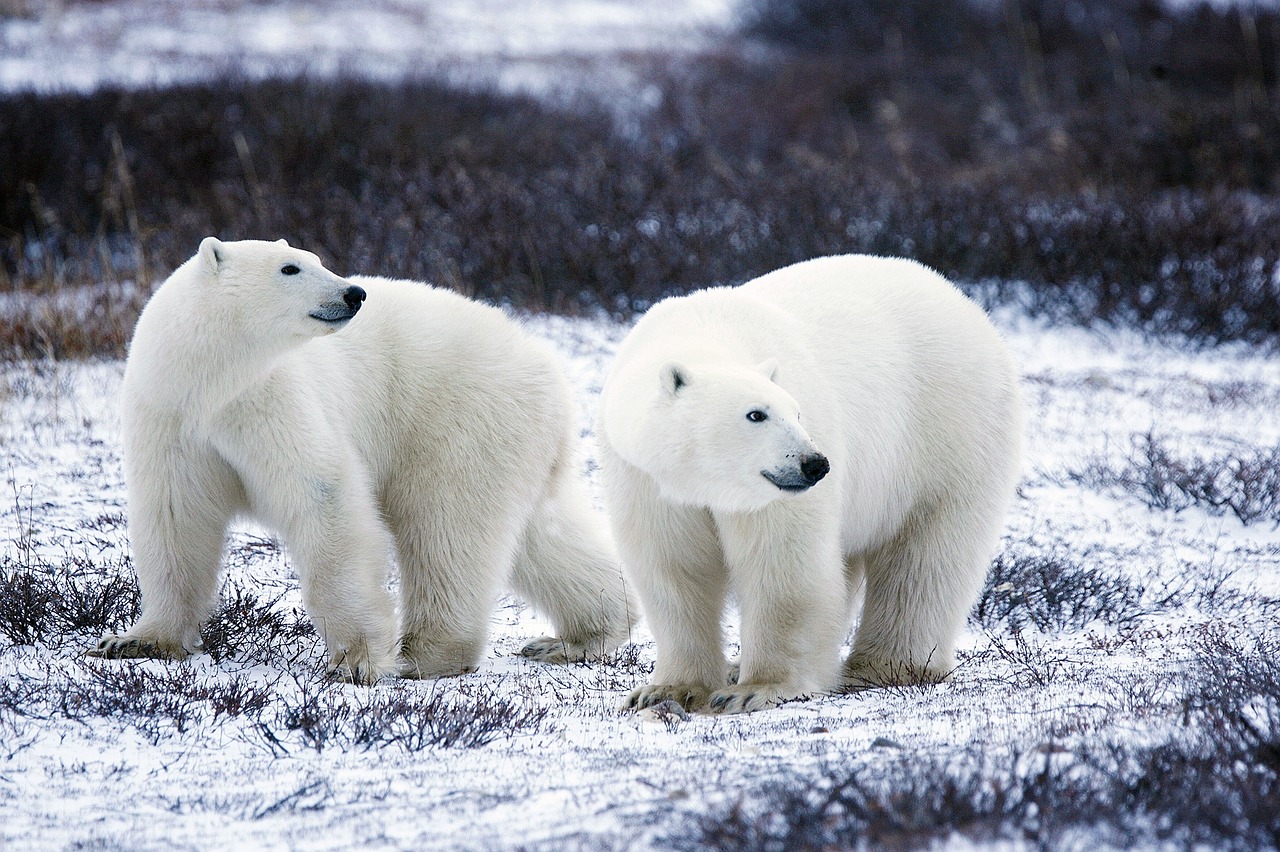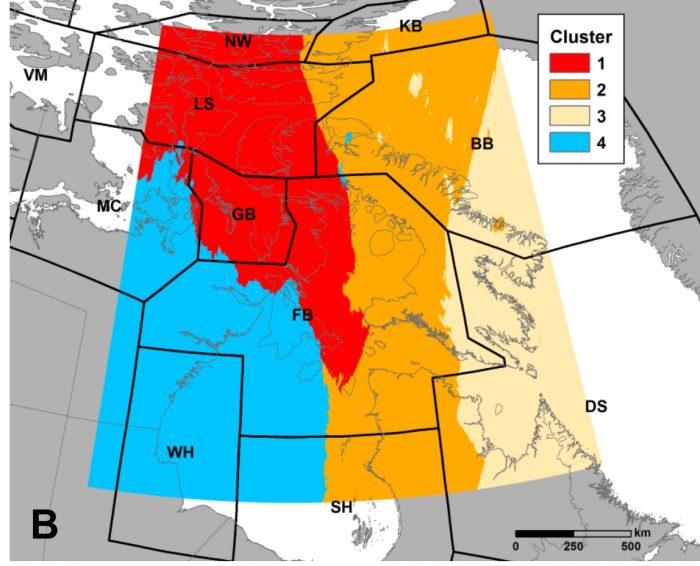
Polar bears are currently listed as vulnerable on the IUCN’s (International Union on Conservation in Nature) Red List of threatened species. Canada is home to most of the world’s polar bears and is the only circumpolar nation to allow an annual managed subsistence and trophy hunt. Due to their strong links to sea ice, polar bears are also an iconic example of a species now heavily threatened by climate warming.
Conservation and management of polar bears in Canada is thus a high priority for Environment and Climate Change Canada (ECCC, Canada’s Department of the Environment). One key component of management is to identify biologically meaningful populations and to forensically determine the origins of legally and illegally taken animals. ECCC has thus partnered with Inuit and First Nations communities as well as provincial and territorial agencies to pilot an innovative, three-pronged approach to identify and track polar bear hides once they enter trade.
The three “prongs” of this approach consist of DNA analysis (genotyping) of muscle tissue, stable isotope analysis of fur samples, and passive integrated transponder (PIT) tagging. Using the three methods together strengthens polar bear identification, facilitates legal trade, and can identify illegally harvested bears. This new approach was recently highlighted in the January 2017 edition of the Society for Wildlife Forensic Science newsletter. The stable isotope analyses were conducted at Environment Canada’s NHRC Stable Isotope Laboratory in Saskatoon.
Stable isotopes are (non-radioactive) variants of elements that vary in the number of neutrons, and thus mass, but which are chemically identical. Carbon, nitrogen, hydrogen, and oxygen are the building blocks of animal tissues, and the relative amounts of stable isotopes in these elements naturally vary in the environment due to a variety of biogeochemical processes. Such patterns, or “isoscapes,” are passed on to animal consumers in food webs. This allows researchers to use these stable isotope distributions in tissues such as fur to infer where animals are from or to determine diet or foraging ecology. For instance, the relative amounts of the stable isotopes of hydrogen have been used to determine the locations of breeding grounds of a broad range of migrant animals (Hobson and Wassenaar 20191).
In our article in Nature’s Scientific Reports, we used over 1000 archived polar bear hair samples (2005-2008) collected from ECCC and Canadian Provincial collections to generate hydrogen, oxygen, carbon, and nitrogen isoscapes. Most samples were acquired by ongoing mark-capture studies conducted by ECCC. These isoscapes were then mathematically combined to produce a base map (Figure 1) so that polar bears can be placed geographically across the vast arctic and sub-arctic of Canada. Using this approach, we found that we could geographically place polar bears to their location with an accuracy of about 83%.

Figure 1. Spatially explicit isotopic clusters derived from polar bear carbon, nitrogen, hydrogen, and oxygen isoscapes to which polar bears were assigned using a multivariate cluster method. SB – Southern Beaufort Sea, VM – Viscount Melville Sound, NW – Norwegian Bay, LS – Lancaster Sound, MC – M’Clintock Channel, KB – Kane Basin, GB – Gulf of Boothia, WH – Western Hudson Bay, FB –Foxe Basin, SH – Southern Hudson Bay, BB – Baffin Bay, and DS – Davis Strait.
This research represents the cutting edge of stable isotope ecology and pioneers the use of multiple-element isoscapes for tracking of wildlife for management, forensic, and ecological purposes.









